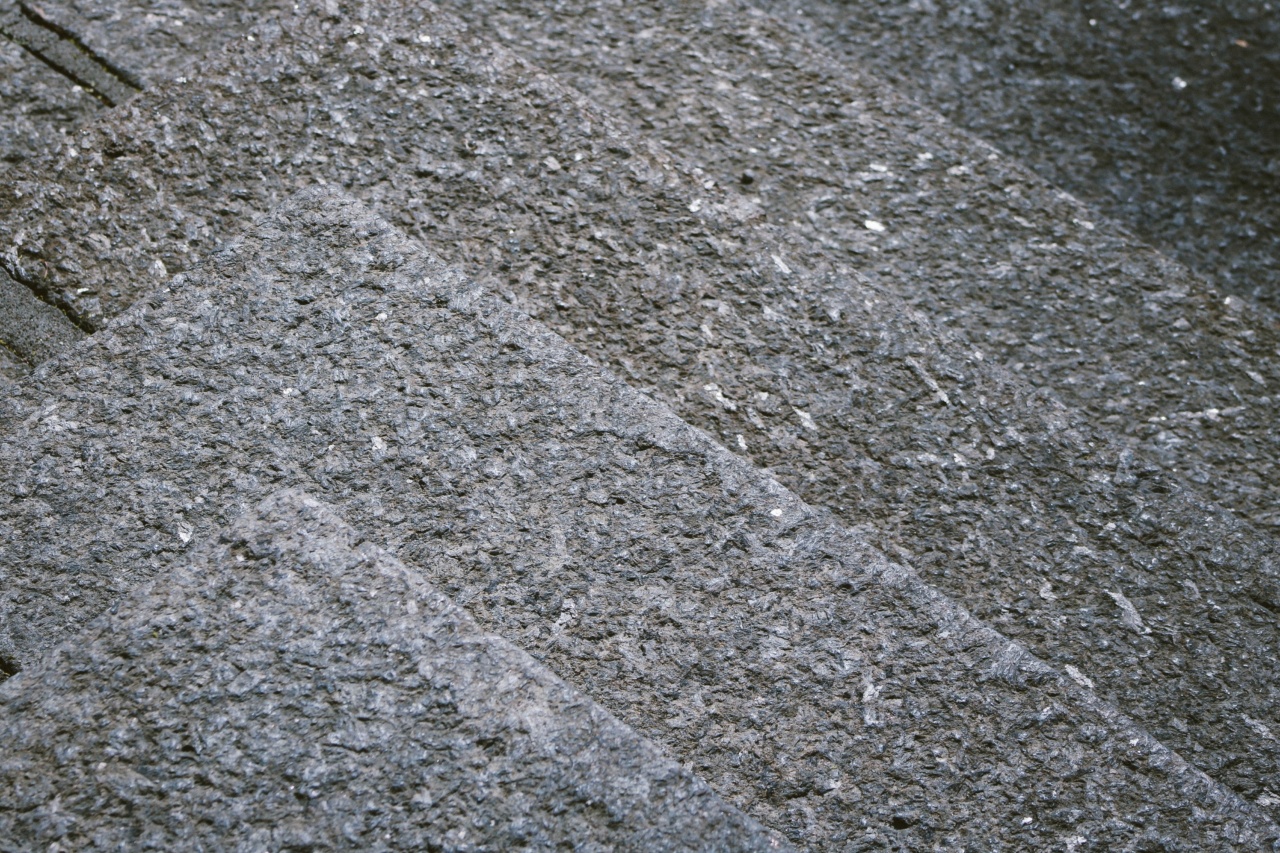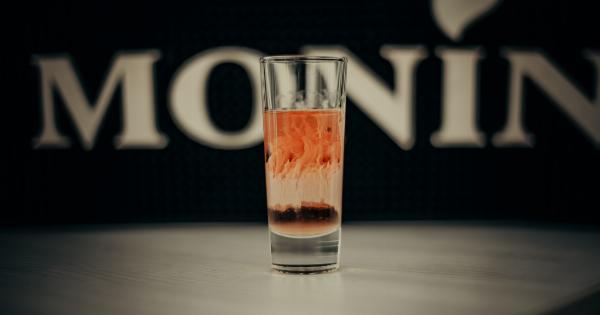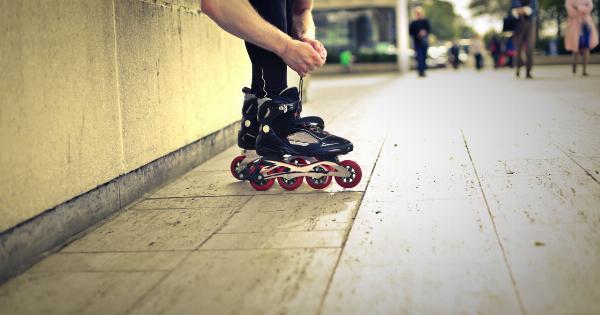Staying hydrated is essential for good health. But how do you know if you’re getting enough water? The answer is simple – by monitoring your hydration level.
In this article, we’ll show you some simple steps to find out your hydration level and help you stay on top of your water intake.
Step 1: Check Your Urine Color
One of the easiest ways to assess your hydration level is by checking your urine color. Ideally, your urine should be pale yellow or almost clear. If your urine is dark yellow, amber, or brown, it’s a sign that you’re dehydrated.
The darker the color, the more dehydrated you are. If your urine is too light or clear, it’s a sign that you’re over-hydrated. Drinking too much water can lead to dilution of your urine and decrease in electrolyte levels. Aim for a pale yellow color, which indicates optimal hydration.
Step 2: Monitor Your Thirst
Thirst is a signal from your body that you need to drink more water. If you’re thirsty, it means that you’re already starting to get dehydrated. Even mild dehydration can cause fatigue, muscle weakness, dizziness, and headaches.
Make it a habit to drink water regularly, especially if you’re engaging in physical activity or spending time in a hot or dry environment. If you’re not thirsty and your urine is pale yellow, you’re most likely well-hydrated.
Step 3: Weigh Yourself
Your body weight can be an indicator of your hydration status. When you’re dehydrated, you lose water weight, which can show up on the scale.
However, don’t rely solely on your weight as a hydration marker, especially if you’re trying to lose weight. Drinking too much water can also lead to temporary weight gain due to water retention. Use your weight as a supplement to the other measures of hydration.
Step 4: Calculate Your Fluid Needs
An easy way to determine your daily fluid needs is by using the 8×8 rule – drink eight 8-ounce glasses of water a day. While this guideline is helpful, it may not apply to everyone.
Other factors, such as your age, gender, weight, activity level, and climate, can affect your water requirements. A better approach is to use a water calculator that takes into account your individual needs and circumstances. A general rule of thumb is to drink half of your body weight in ounces of water per day.
For example, if you weigh 150 pounds, aim for 75 ounces of water per day.
Step 5: Pay Attention to Your Body
The best way to know if you’re hydrated is by listening to your body. If you feel energized, alert, and focused, and your skin is supple and glowing, you’re most likely drinking enough water.
If you’re experiencing fatigue, brain fog, dry mouth, or dry skin, it may be a sign that you need to drink more water. In some cases, such symptoms can be caused by other health issues, so seek medical advice if they persist.
Step 6: Track Your Water Intake
If you’re struggling to meet your daily water needs, try tracking your water intake. You can use a journal, an app, or a water bottle with measurements to keep track of how much water you’re drinking.
Seeing your progress can motivate you to drink more water and establish healthy habits.
Step 7: Hydrate Before and After Exercise
When you exercise, you sweat and lose water, which can lead to dehydration. Make sure to drink water before, during, and after your workout to maintain optimal hydration levels.
The amount of water you need varies depending on the duration and intensity of your activity, as well as your sweat rate. A good guideline is to drink 16 ounces of water two hours before exercise, and 7-10 ounces every 10-20 minutes during exercise. After exercise, aim for 16-24 ounces of water for every pound of body weight lost during the workout.
Step 8: Choose Water-Rich Foods
Staying hydrated doesn’t only come from drinking water. Many foods contain high amounts of water, such as fruits, vegetables, soups, and smoothies.
These foods not only provide water but also nutrients such as vitamins, minerals, and fiber that are essential for good health. Aim for at least 5 servings of fruits and vegetables per day and include water-based options such as cucumber, celery, melon, and berries.
Step 9: Limit Dehydrating Drinks
Certain drinks can dehydrate you, such as alcohol, caffeine, and sugary drinks. These beverages can cause diuresis, which means an increase in urine output and fluid loss.
If you drink alcohol or caffeine, make sure to balance it with water and limit your intake. If you’re trying to reduce your sugar consumption, opt for water instead of juice or soda. You can make your water more appealing by infusing it with fruits, herbs, or spices.
Step 10: Rehydrate When Sick
When you’re sick, your body loses water through sweating and mucus production. It’s important to drink more water than usual to replenish the lost fluids and prevent dehydration.
Additionally, water can help alleviate some symptoms of illness, such as dry mouth, cough, and congestion. If you have diarrhea or vomiting, you may need to drink an oral rehydration solution that contains electrolytes and sugar to restore your body’s balance.
Conclusion
Overall, keeping track of your hydration level is crucial for maintaining good health and avoiding dehydration-related problems. Use these simple steps to assess your hydration level and take action to boost your water intake if needed.
Remember that water is essential for optimal bodily functions, and drinking more of it can have numerous benefits for your well-being.































